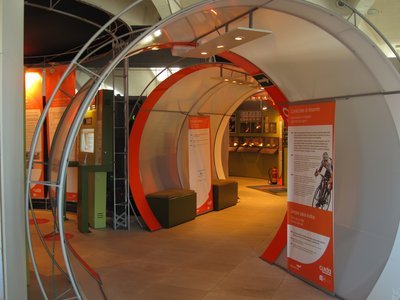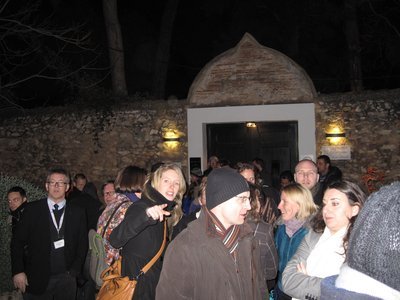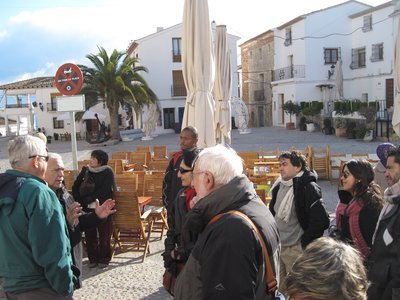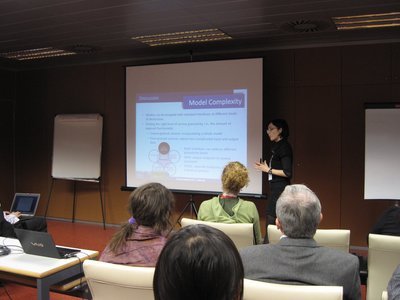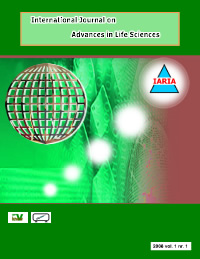SOTICS 2019 - The Ninth International Conference on Social Media Technologies, Communication, and Informatics
November 24, 2019 - November 28, 2019
SOTICS 2019: Tutorials
T1.Machine Learning Techniques in Advanced Network Management
Prof. Dr. Eugen Borcoci, University "Politehnica"of Bucharest (UPB), Romania
Prerequisites: general knowledge on IP layered architectures, protocols, networks and services management, introductory knowledge on 4G/5G, SDN, ETSI-NFV, Cloud/Fog computing, introductory knowledge on machine learning.
Machine Learning (ML) represents a well established domain, proposed and used long time ago, for different areas of applications and to enable automation in diverse domains. Recently, an increasing interest is seen in applying ML; this usage is made possible especially due to the availability of big data, improvements in ML techniques, and also (cloud) computing capabilities.
The current networking and services technologies expose high complexity, given by a large variety of physical technologies and architectures, but also due to multi-domain, multi-provider, multi-tenant and dynamic characteristics. The management and control (M&C) of complex networks can benefit from ML power to automate a significant part of activities.
This tutorial presents a high level view on diverse ML techniques (supervised/unsupervised, reinforcement learning, deep reinforcement learning, etc.) applied in several areas of networking across various network technologies. Specific learning paradigms and ML techniques can be applied to different problems, including traffic prediction and classification, routing, congestion control, admission control and resource allocation, resource and fault management, QoS and QoE management, and so on. The ML solution can be included in so called more general cognitive networking approach, based on artificial intelligence algorithms and methods. Cognitive/autonomic network management technologies are recently proposed to be added to traditional M&C, in order to enhance the self-aware, self-configuring, self-optimization, self-healing and self-protecting characteristics of the overall system. Generally, self – organizing – networks (SON) capabilities are aimed.
However, not so many practical realizations existed for autonomic networks. Today, recent advances in softwarization and programmability (Software Defined Networking (SDN), Network Function Virtualization (NFV), cloud/edge computing facilities- with low cost processing and storage) together with proliferation of new sources of data, create the required basis for ML adoption in networking technologies. Cognitive/autonomic network management can be actually realized. This tutorial presents also specific cases, where the use of ML is justified (e.g., 5G architectures and systems) and discuss specific classes of appropriate learning algorithms.
T2. Building Trusted Collaborate Healthcare Ecosystems for Informed-decision Making
Prof. Dr. Shada Alsalamah, King Saud University, Saudi Arabia
One of the fundamental reasons behind the global modernization movement in healthcare is to enable informed decision making processes whether for primary or secondary purposes. This cannot be achieved in today’s fragmented care without plugging in multiple medical and healthcare information sources from various autonomous information silos to paint the full picture. Therefore, it is important to build trusted collaborative ecosystems for seamless information sharing to empower decision makers.
After attending this presentation, attendees will have a greater knowledge of the key ingredients to successfully building trusted collaborative healthcare ecosystems for both primary and secondary purposes to enable informed decision making processes using emerging digital technologies.
T3. Software Quality Evaluation via Static Analysis Tools
Prof. Dr. Luigi Lavazza, Università degli Studi dell’Insubria, Italy
During software development, identifying and correcting defects as soon as possible is of paramount importance, because the longer a defect survives, the more expensive it is to remove it.
In this tutorial we concentrate on code defects (aka bugs). To minimize the cost of detecting and correcting bugs, we must be able to identify bugs in the coding phase. We also would like to make the identification as quick and cheap as possible. To achieve these goals, tools performing static analysis of code can be used.
Static analysis tools are able to spot potential defects in code. Due to theoretical limitations, they cannot indicate with certainty the existence of a bug; hence their findings have to be verified by developers. Nonetheless, these tools can be very effective and efficient in spotting bugs.
In this tutorial, we shall see how to use tools that analyze Java code, looking for both "general" bugs and security flaws. In additions, we shall have a look at measurement tools: these tools compute code measures, which can be used to guide manual inspections, since they indicate the classes or methods that feature extreme values of measures.
T4. Test Automation Architecture
Speaker: Jos van Rooyen, Identify Services BV, the Netherlands
Test automation exists for many years in the field of administrative and registrative systems. A lot of experience is gained during these years at customers site applying test automation.
The tools which being are used are have been developing very fast over the last ten years. Meanwhile the user-friendliness of these tools is also increasing. From programming the scripts by experienced developers to business analysts and testers who are able to script testcases by themselves.
Less programming is required, and the ease of use is increasing.
But, despite all these developments a lot of test automation projects are not successful and are stopped before delivering the automated test scripts. There are several reasons why this is happening, such as:
- A one size fits all approach
- Attention is only paid to the tooling
- Insufficient implementation of test automation into the organization
- No commitment of management
- The necessary skills are not available
- The baseline for the usage of test automation is immature
The question is how to avoid these pitfalls and get the real benefits of using test automation inside companies and projects.
The answer is Test Automation Architecture. The approach combined two competences. Architecture and testing. Especially test automation. Based on 3 pillars and 8 architectural principals a solid base is created. The base is created by hand of the required processes, the organization, the people who must apply test automation, the required test data and of course the test tooling.
Creating a base on such a way it is possible to implement test automation on a future proof manner. Test scripts are re-usable, repeatable and transferable.
In this tutorial Jos is explaining the approach of implementing future proof test automation based on an architecture in more detail.
The method is based on practical experiences gained in the last 25 years.
